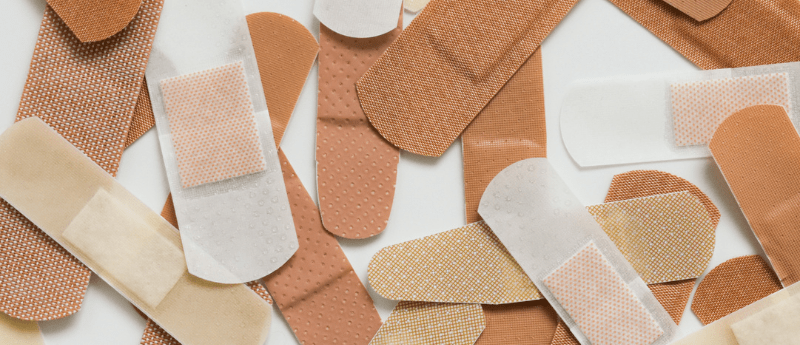Researchers are investigating a novel method of healing diabetic wounds by triggering a ‘hidden’ mechanism

Scientists at Indiana University School of Medicine (USA) are investigating new solutions to treat wounds by utilizing a healing protein that is active in fetuses, but primarily inactive in adults and non-existent in diabetics.
“We already know from previous studies at other institutions that if a fetus is wounded, it can regenerate the tissue, or repair it to be like new,” explains Chandan K. Sen, Professor of surgery and director of the Indiana Center for Regenerative Medicine and Engineering at Indiana University School of Medicine. “But after birth, such regenerative wound healing ability is lost. Healing in adults is relatively inefficient often associated with undesirable scar formation.”
The study details how the research centered around the protein, nonselenocysteine-containing phospholipid hydroperoxide glutathione peroxidase, commonly shortened to NPGPx. The NPGPx protein is expressed in fetal tissue, however, it becomes commonly inactive in the epidermis – the outermost layer of skin – following birth.
“Nature essentially hides this fetal regenerative repair pathway in the adult body,” Sen explained. “We spotted its absence, and then activated it to improve healing of diabetic wounds.”
The NPGPx gene was delivered to the wound site, employing a new tissue nanotransfection technique developed by Indiana Center for Regenerative Medicine and Engineering scientists. Diabetic wounds, which are inflammatory skin lesions in diabetics, are especially challenging to heal and frequently result in amputations or other severe complications due to how rapidly they can become infected.
“This is an exciting new approach to harness fetal repair mechanisms to close diabetic wounds in adults,” Sen stated. “The study results show that while NPGPx has been known to be abundant in the fetal skin, but not after birth, it can be reactivated in the skin after an injury. We look forward to continued study aiming to achieve a more complete regenerative repair by improving our understanding of how NPGPx functions.”
This is the first time that the employment of cutaneous tissue nanotransfection has shown promising results to overcome the adverse effects of diabetes on this specific pathway to support and enhance tissue repair.